Kabuki (歌舞伎) is a traditional Japanese dance drama similar to a play. Its characters are roughly translated to (歌)sing, (舞)dance, and (伎)skill. Kabuki started its origins with Izumo no Okuni who began performing dances in the riverbeds of Kyoto during the 17th century.
Kabuki began during the Edo Period. Quick history lesson here.
- The Edo period was headed by the Tokugawa Shogunate (a military government run by the shoguns).
- The Tokugawa clan ruled from the Edo castle located in Edo which is now present day Tokyo.
Kabuki first began with women who played both the roles of men and women. It's new way of telling stories with drama and dance brought the style to popularity. However, it's suggestive themes and raunchiness caused it to explode in the red-light districts. Many of the actresses were also subjected to prostitution which played in part to its eventual ban by the shoguns. Kabuki eventually fell in the hands of adult males who now had to perform both parts of men and women, this style is known as yaro-kabuki.
Kabuki went through many changes through the years but drastically changed around 1868 when the Meiji Period began. Europe and the West started to take interest and greatly influenced the Kabuki theater with new ideas. After WWII Kabuki had a difficult time finding itself but had a rebirth in the Kansai region. Today many Kabuki actors show up on the stage and play pivotal roles in Television dramas.
Thought I was done eh? Well no. There are a few more things to know about the structure of a Kabuki play. So next time you're at that party trying to impress your crush, you can bust out some Kabuki knowledge and really seal the deal.
THE STAGE
The stage uses a structure known as the Hanamichi or flower path. The stage extends into the audience with pathways and walkways. This helps the actors to create dramatic entrances and create an overall immersive experience. You can see the Hanamichi here on the left of the picture.
Three Types of Plays
- Jidaimono or History plays. These plays are usually about major events in Japanese history. Who would have knew? History plays about history? Get out of town.
- Sewamono or domestic plays. These plays involved commoners.
- Shosagoto or dance pieces.
Length
Kabuki theater isn't your typical 2 or 3 hour play. Usually traditional theater is a whole day experience and can differ depending on the actors. Some plays may include scenes that are completely irrelevant to the story and are there to showcase the actor themselves. You had better clear your schedule if you want to watch one of these plays.
Well I'm done talking...writing? Yeah. I hope you guys learned a few things. I know I did while reading wikipedia...I mean browsing endless upon endless books and historical references to get you the most accurate information possible. Yup, I'm that dedicated. Anyway here's a few photos of Kabuki makeup, actors and performances.
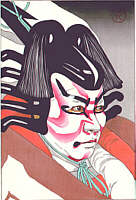

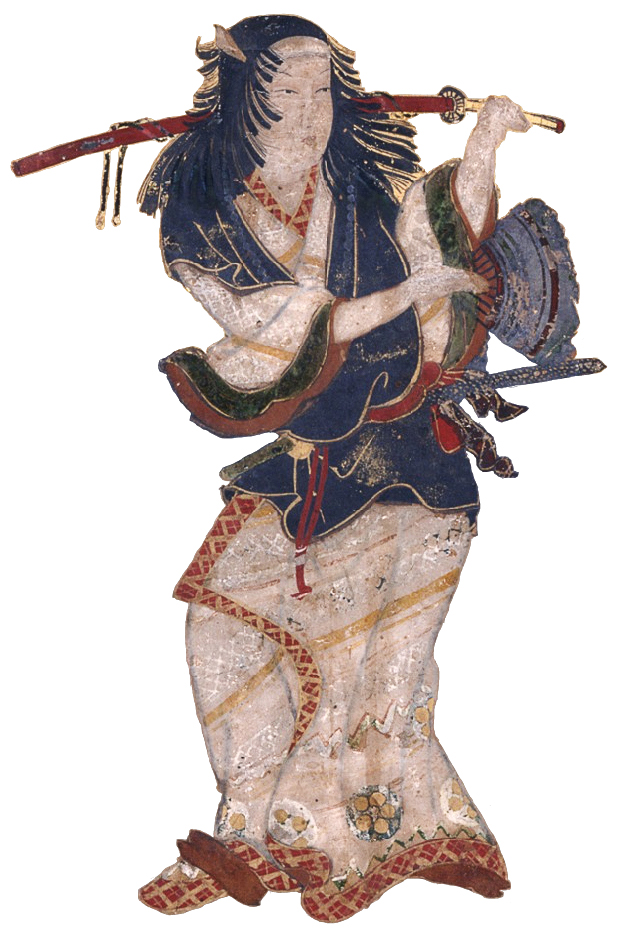

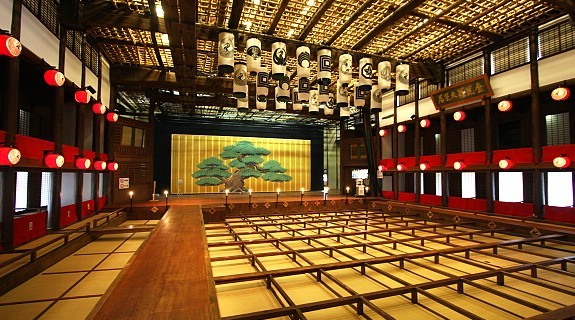
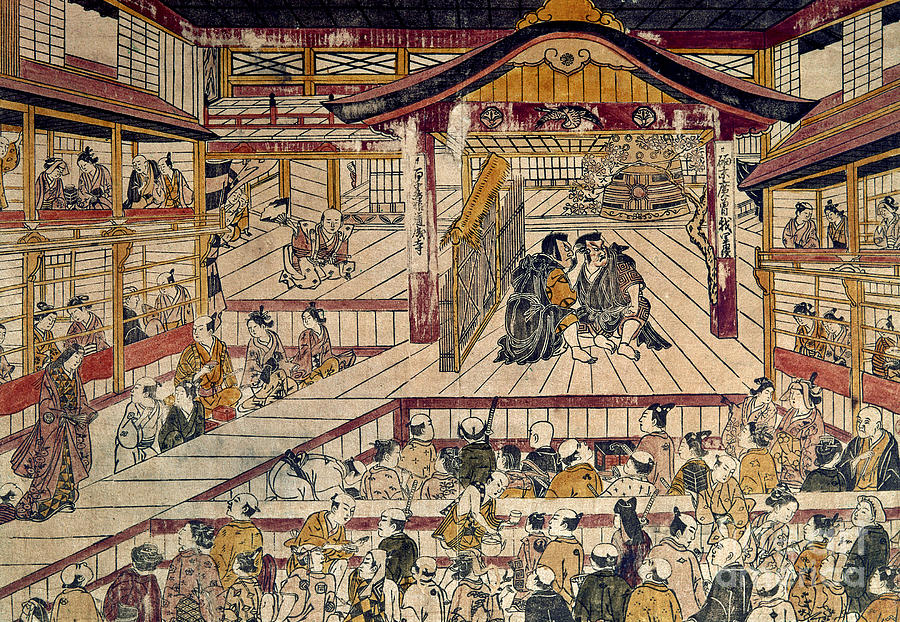
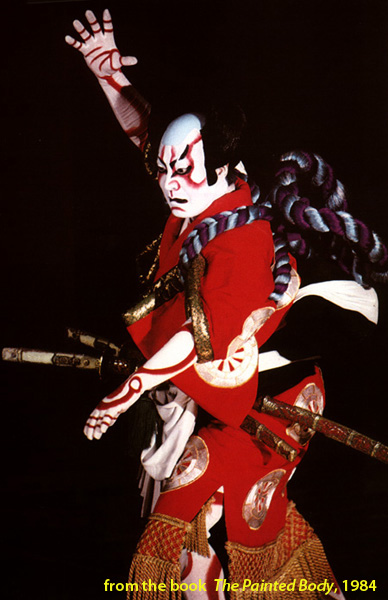
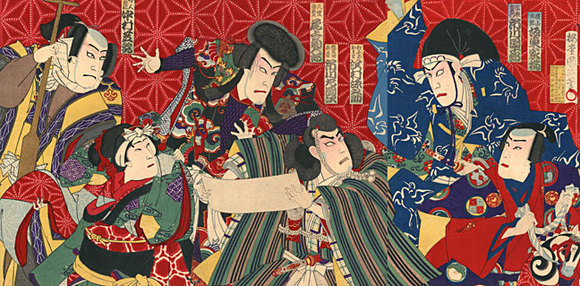
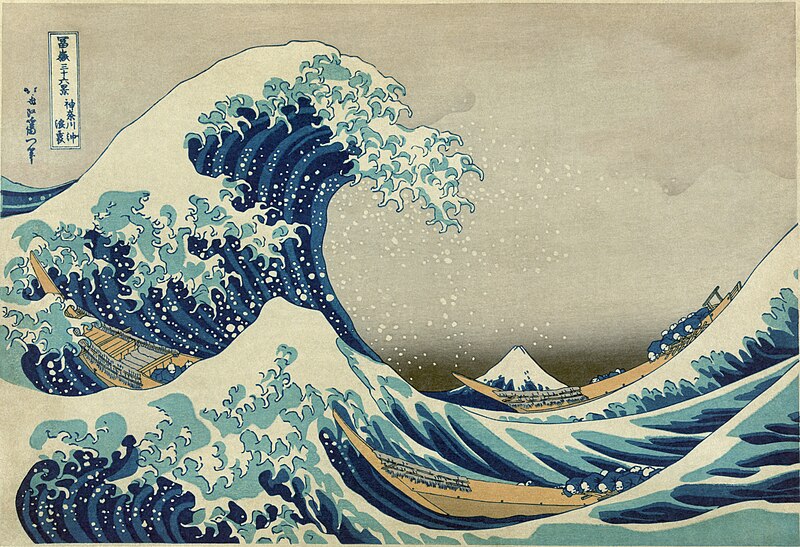 "The Great Wave of Kanagawa"
"The Great Wave of Kanagawa"
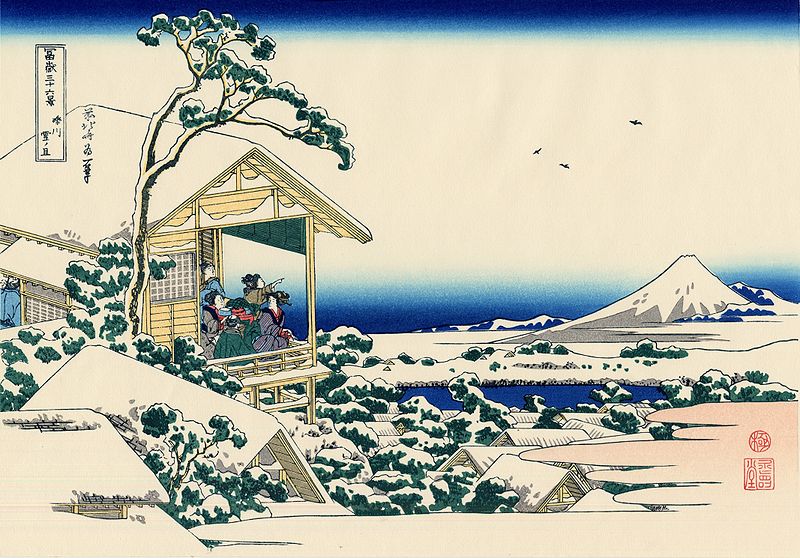 "
"
